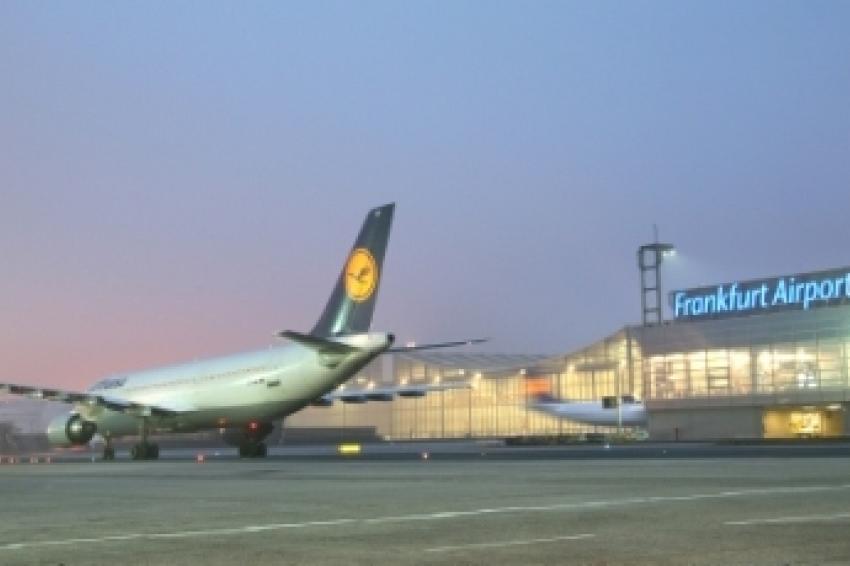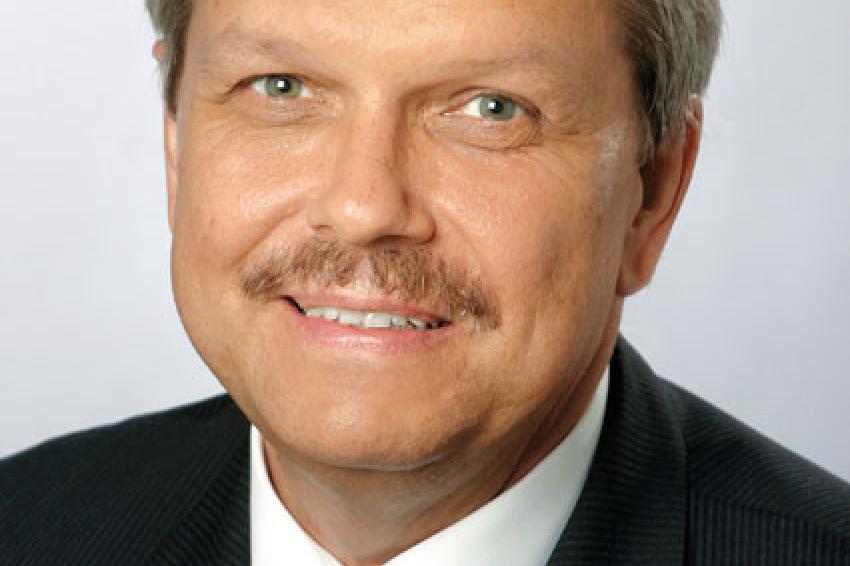A Perimeter Protection Field Test
Matthias Erler of GIT-SECURITY.com spoke to project manager Manfred Reinhard about corporate security at Fraport AG
Spreading over 19.6 km², Frankfurt Airport covers an area almost as large as the whole of Frankfurt city centre. The perimeter fence around the site is currently around 31 km long and will be even longer as from 2011 - a further 10 km of fence will be added because of the new north-west runway. Fraport AG, the airport corporation, has tried out various smart video and fence detection systems as part of a comprehensive field test. Matthias Erler of GIT-SECURITY.com spoke to project manager Manfred Reinhard about corporate security at Fraport AG.
GIT-SECURITY.com: Mr Reinhard, you recently carried out some field testing of perimeter protection at Frankfurt Airport involving video and fence detection systems. Let me ask you first of all: why was this test necessary?
M. Reinhard: Fraport AG plans to further develop its perimeter protection as part of the expansion plans at Frankfurt Airport. The results of these tests will be used to decide if and with what technology the perimeter protection and site surveillance will be implemented.
Can you describe the test process for us?
M. Reinhard: Video and fence systems were installed under realistic conditions in a selected area within the airport's security zone. The purpose of this was to conduct an objective comparison of the video sensors and fence detection systems that are currently available on the market. This meant that all the installed equipment was tested under absolutely identical conditions and the results were analyzed.
What was involved in detail?
M. Reinhard: With smart video analysis, the effectiveness of various sensors, the visibility of objects, the false alarm rate of perimeter protection as well as the usability in site surveillance should be established. The emphasis with fencing systems lay on the sensors' reaction to attacks and impermeability when attempts were made to penetrate the fence. Particular attention was paid to the widest range of environmental conditions.
What types of video sensing systems were tested?
M. Reinhard: A wide range of video systems was employed in order to achieve the broadest possible spectrum of test results. All possible types of camera were tested, from normal video cameras to thermal imaging cameras.
What differences did you discover during your field tests?
M. Reinhard: The differences lay mostly in the parameter setting and operation of these systems. In the video sensors comparison it was established that detection with thermal imaging cameras is currently the most suitable solution under adverse weather conditions.
You also investigated various video detection software products. What was especially important here?
M. Reinhard: With the video detection software products the focus of our attention rested on the systems' parameter setting and their response to various different events. This included, for example, the simultaneous breaching of virtual boundaries by several objects, and that under adverse weather conditions. For us, the operation of the systems was the main focus of our attention, so that the information provided gives us a rapid overview of the situation whenever any alarm occurs.
Looking at fence detection technologies: what results did the tests produce?
M. Reinhard: The results indicated that a major part was played by environmental conditions, in the same way as for video systems. From an operational point of view, the need to minimize false alarms was fulfilled by fences with idle current monitoring. Video surveillance is also necessary where detected fences are used.
You also investigated various types of fence: mesh, wire and metal weave and grids. What did you test here, and what was the outcome?
M. Reinhard: Scaling and penetration attempts were carried out by our test personnel, who attempted to climb over or breach the fences under test. The outcome of all of these tests was that metal grids or bar grid fences offer the greatest resistance and that they fulfilled the operational requirements.
How and when will the results of these investigations be implemented into specific projects?
M. Reinhard: The results have just been incorporated into our plans for the new north-west runway.
Contact
Fraport AG
Flughafen Frankfurt am Main
60547 Frankfurt
Germany
+49 69 690 0
+49 69 690 77690











